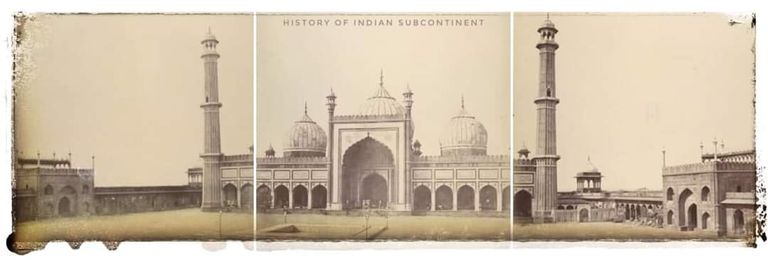
The Jama Masjid, a majestic monument and spiritual centre for Muslims and mutiny, did not suffer any less than any other buildings of Shahjahnabad. Although, the building structure survived its soul was taken away. The Mosque was desecrated by the British and Sikhs. Muslims were prohibited to enter the mosque for 5 long years; it was transformed into an army barrack for the Sikh regiment. They used it as a stable, bakery and the main Mihrab was used by them for their own religious purpose. It was only after the death of Bahadur Shah Zafar in Rangoon that it was permissible for Muslims once to enter the mosque and use it as a spiritual place to worship. Below are descriptions from two books; ‘The Indian Mutiny’ (by David Saul) and ‘The Last Mughal’ (by William Dalrymple).
“That evening, 20 September, Lang and others celebrated the taking of Delhi by riding their horses up the steps of Jama Masjid, dancing jigs and drinking toasts of beer and brandy. Sikh soldiers celebrated by lighting fires in the sacred mosque.”
The Indian Mutiny by Saul David page: 303
“That evening, as British soldiers dancing jigs inside the Jama Masjid and as the Sikhs lit victory fires next to the mosque’s holy mihrab,”
The Last Mughal by William Dalrymple page: 384
“Now a regiment of Sikhs camped in the desecrated courts of the Shwe Dagon, just as their cousins sat lighting their cooking fires in the arcades of the Delhi Jama Masjid.”
The Last Mughal by William Dalrymple page: 453
Below is a photograph of the main structure of Majestic Jama Masjid (New Delhi) taken in the year 1858 at its state of ruin when it was vandalized and molested by British Army and Sikh Cavalry. Sikh Cavalry stationed there for a period of five years, Muslims were not allowed to enter or pray.